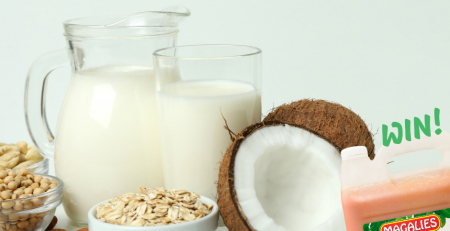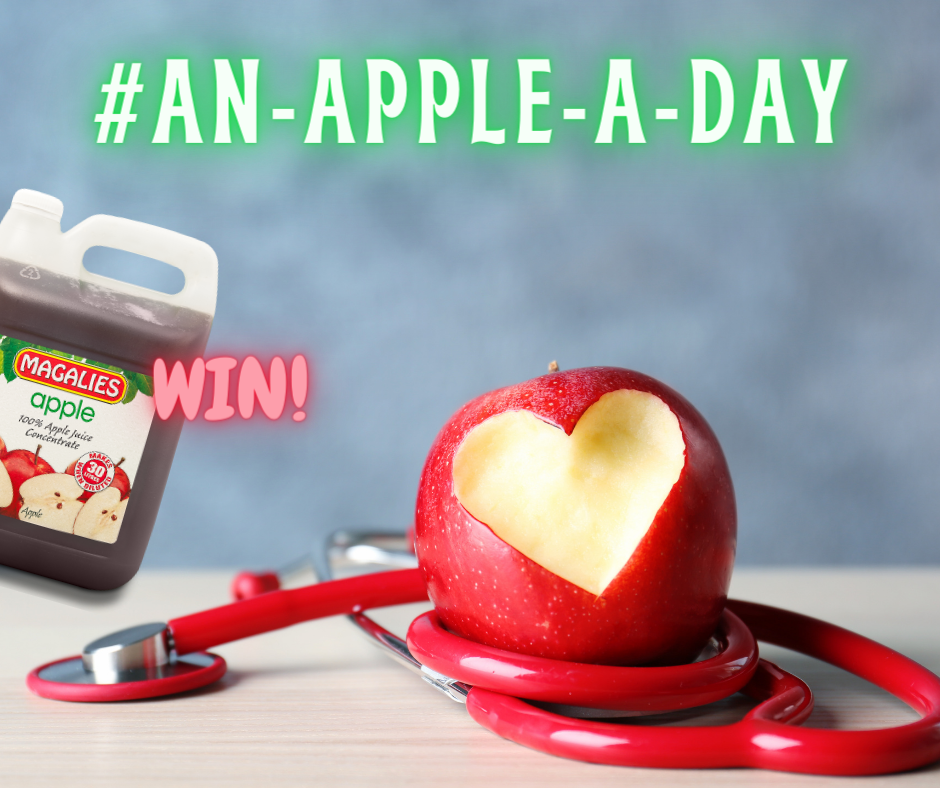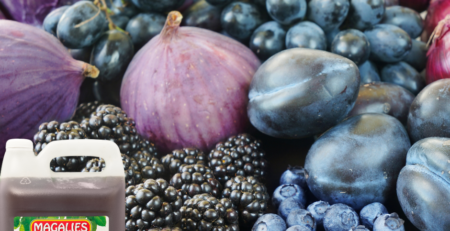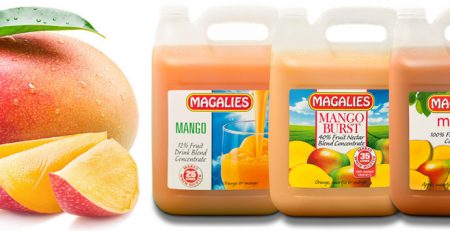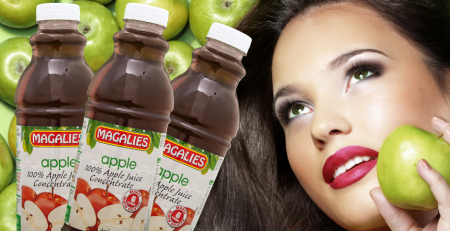How to Read Foodstuff Labels: Serving Size Vs Portion Size
by Dr. Marli Botha
A key part of healthy eating means choosing appropriate amounts of different foods. When it comes to deciding how much to eat, the terms serving size and portion size are often used interchangeably. However, they don’t mean the same thing. Serving size is a standardized amount of food. It may be used to quantify recommended amounts as per legislation, or represent quantities that people typically consume on a Nutrition Facts label. Portion size is the amount of a food you choose to eat — which may be more or less than a serving. For example, the Nutrition Facts label may indicate 250ml of juice is one serving but if you drink a 500ml bottle of juice that is your portion size.
Serving in relation to food and beverages, means the mass, volume or number, as the case may be, of a food which is typically consumed as a single serving by the average consumer and which is referred to in the nutritional information table.
Serving sizes are standardized to make it easier to compare similar foods; they are provided in familiar units, such as cups or pieces, followed by the metric amount, e.g., the number of grams. Pay attention to the serving size, especially how many servings there are in the food package.
Then ask yourself, “How many servings am I consuming, how big will my portion size be?”
Compare your portion size (the amount you actually eat or drink) to the serving size listed on the panel.
The Nutrition Facts applies to the serving size, so if the serving size is one 250 ml glass of juice and you drink a 500 ml juice bottle, you are getting twice the calories, sugar and other nutrients than what is listed on the label.
‘Choose your portion with caution!’ was the central message for National Nutrition Week (in 2014) in order to strengthen awareness and give information to South Africans about the importance of portion control, in other words: eating healthily by choosing a variety of foods in the right amounts.
The increase in obesity over the past few decades in the world has been accompanied by an increase in food portion sizes, which includes an increase in energy intake. This is called portion distortion or super sizing because people are eating and drinking more than they should without even realizing it. South Africa too is following this worldwide trend of an increase in overweight and obesity in all age groups.
http://www.nutritionweek.co.za/
Guideline 11: http://www.sapoultry.co.za/pdf-docs/Food-labelling-Guidelines.pdf
This article was compiled by Dr Marli Botha with the intention to inform and educate the public. All relevant contributing information is based on the regulations of March 2010 (R146) as well as the published R429 draft of the regulations as a guideline for those issues are not covered by R146.









